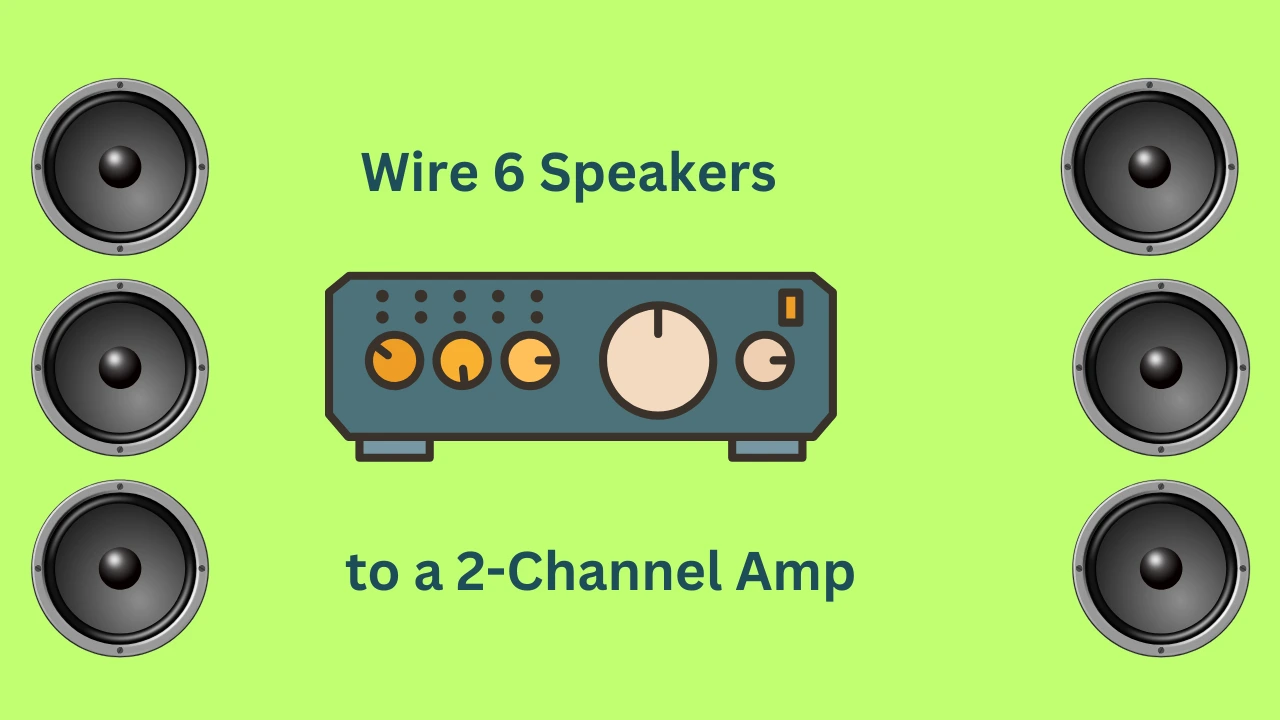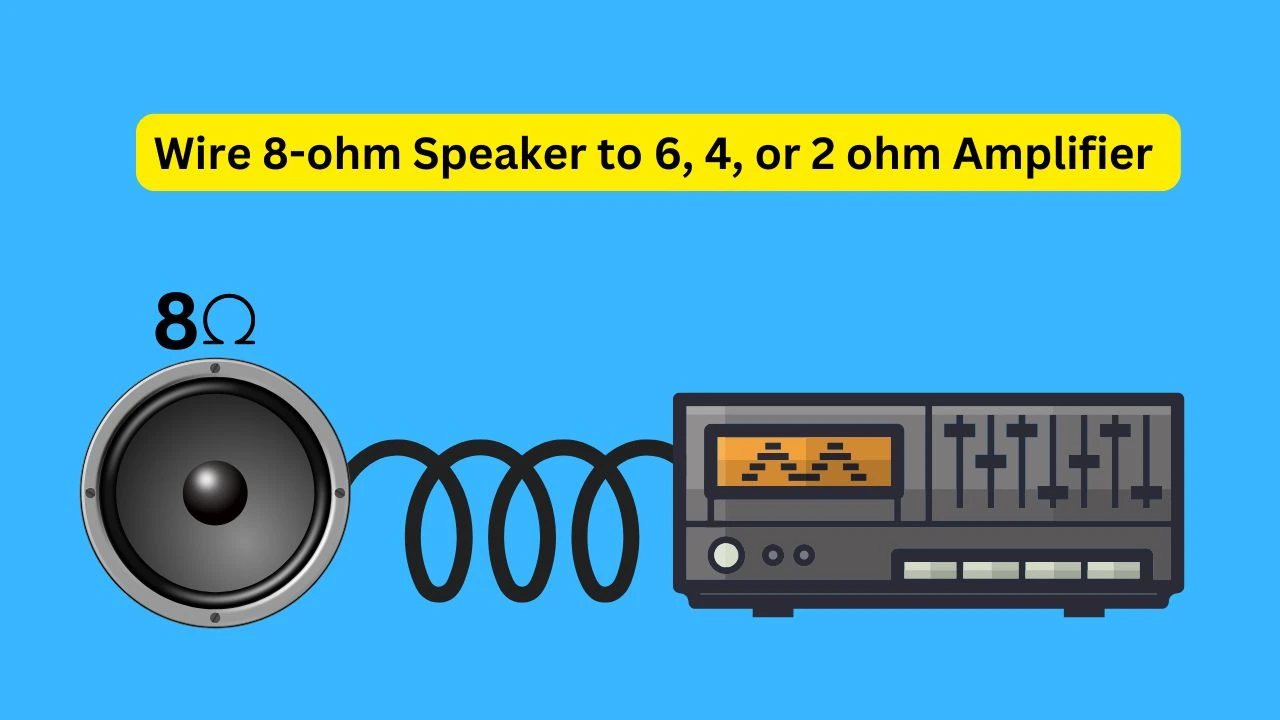Welcome to Speakers Legend! I’m here to help you in designing your audio setup, choose the best sound system for your home and car, recommend you the best bluetooth speakers, update you on latest deals and discounts, provide you calculators for calculating different aspects of your audio equipment, and provide you troubleshooting guide for audio gears.
In short, Speakers Legend is your ultimate destination for everything related to audio and sound systems. If you need any help you can ask in the forum or contact me directly from the pages in the menu.











